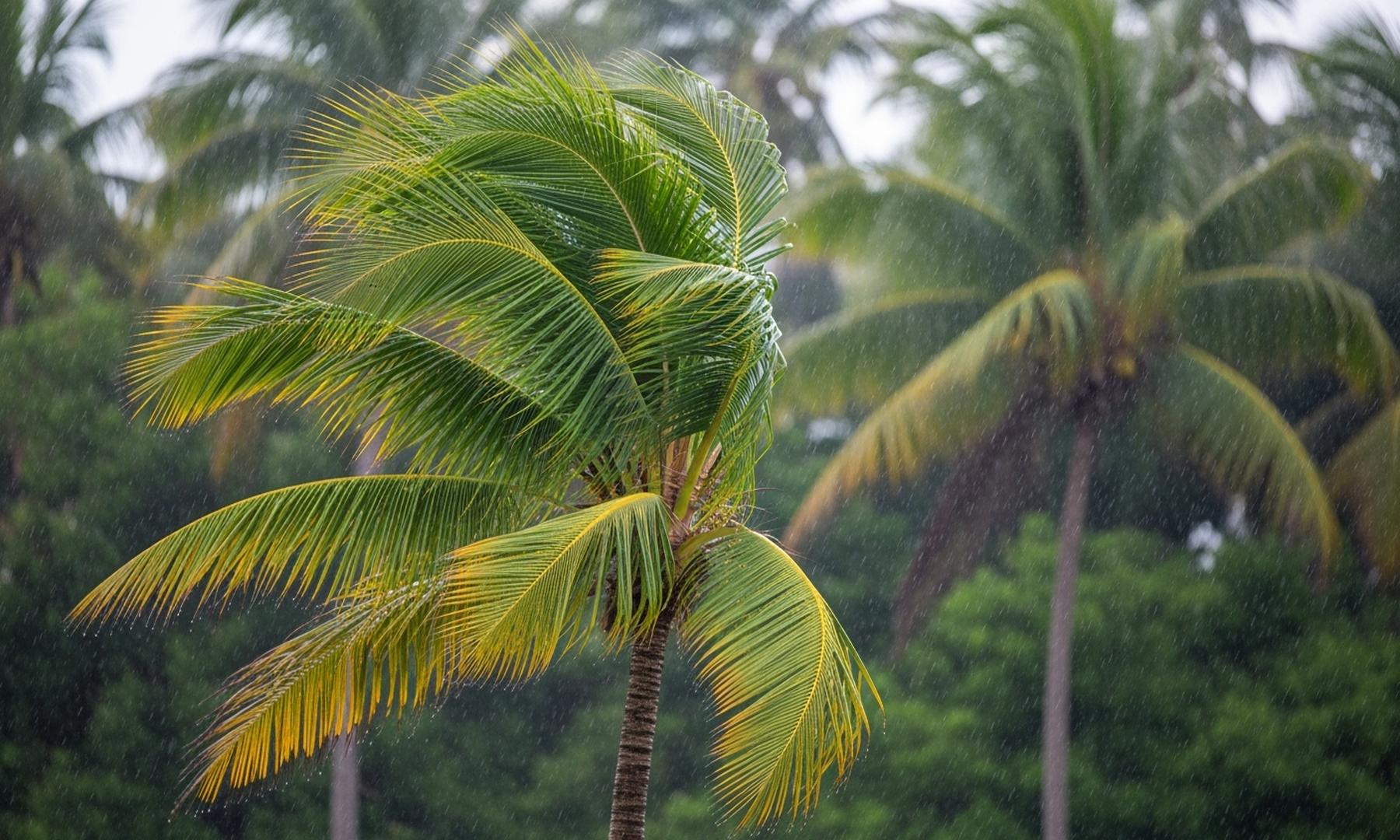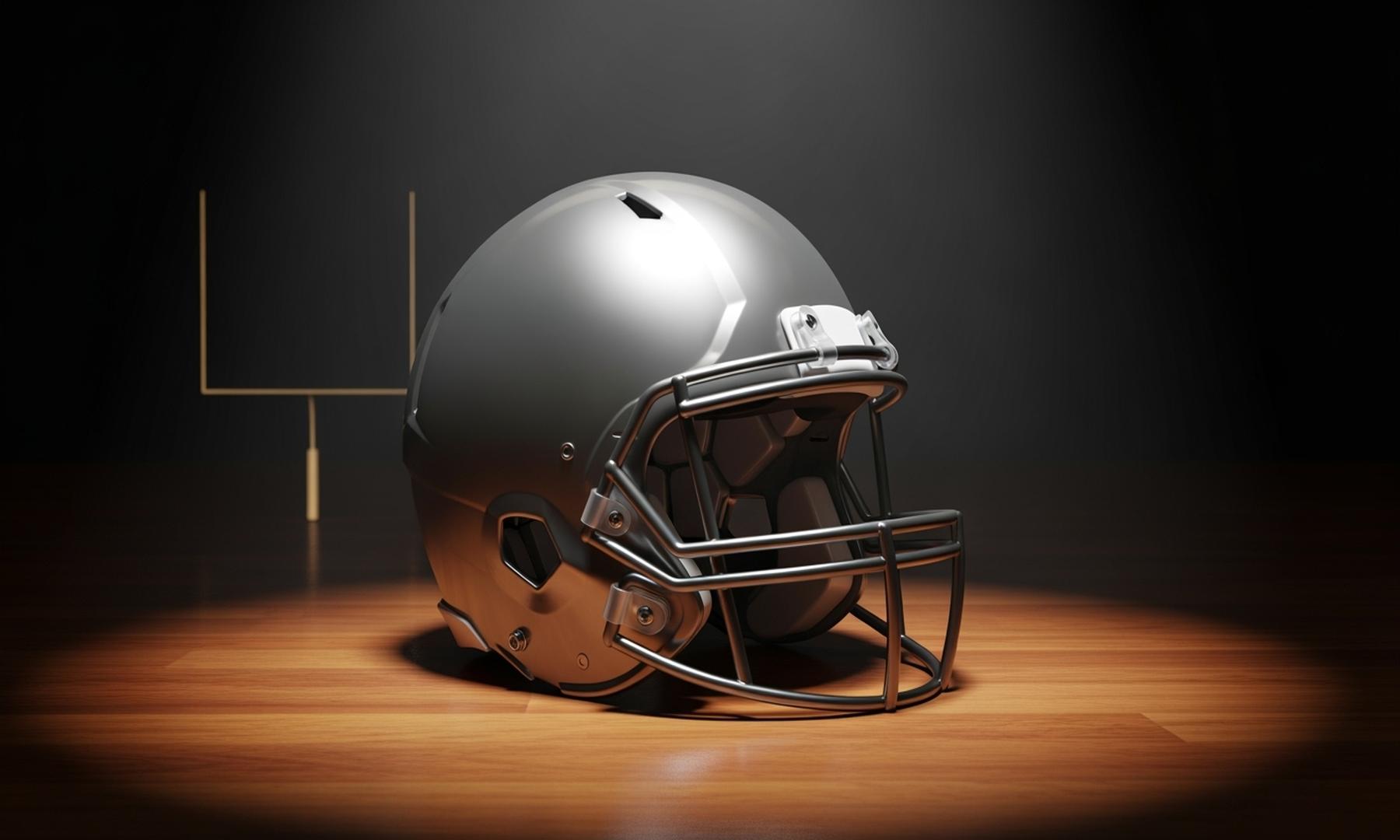What's Happening?
SoftBank has partnered with the National Institute of Information and Communications Technology (NICT) of Japan, Kiyohara Optics, and ArkEdge Space to develop optical wireless communications for low Earth
orbit (LEO) satellites and high altitude platform stations (HAPS). The collaboration aims to launch a LEO satellite in 2026 to test optical wireless communications between space and the ground. The technology under development is designed to be compact, lightweight, and energy-efficient, enabling high-speed, bidirectional communication at 10 Gbit/s. SoftBank is working on improvements to ensure the device can operate in extreme environments, such as radiation exposure in space and temperatures below -90°C in the stratosphere.
Why It's Important?
The development of optical wireless communications represents a significant advancement in satellite technology, offering high-speed connectivity without the need for frequency allocation and wireless licenses. This innovation could revolutionize non-terrestrial networks, including satellite communications and HAPS, by providing stable and efficient communication channels. The successful implementation of this technology could enhance global connectivity, particularly in remote areas, and support various applications such as emergency communications and environmental monitoring.
What's Next?
In 2027, SoftBank plans to mount optical wireless communication devices on HAPS to verify bidirectional optical wireless communications between space and the stratosphere. This ambitious project aims to cover a distance of up to approximately 2,000 km, presenting technical challenges that the company is eager to overcome. Additionally, SoftBank is advancing its HAPS ambitions by developing next-generation batteries and solar cells to support long-duration flights, with a stratospheric demonstration planned for fiscal year 2028.











